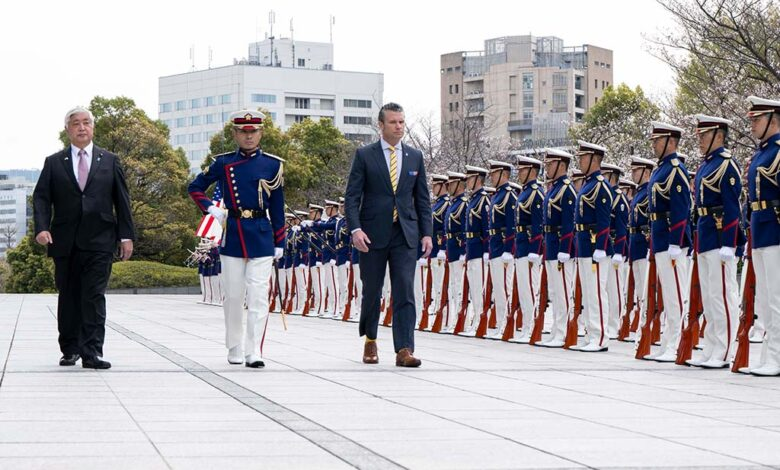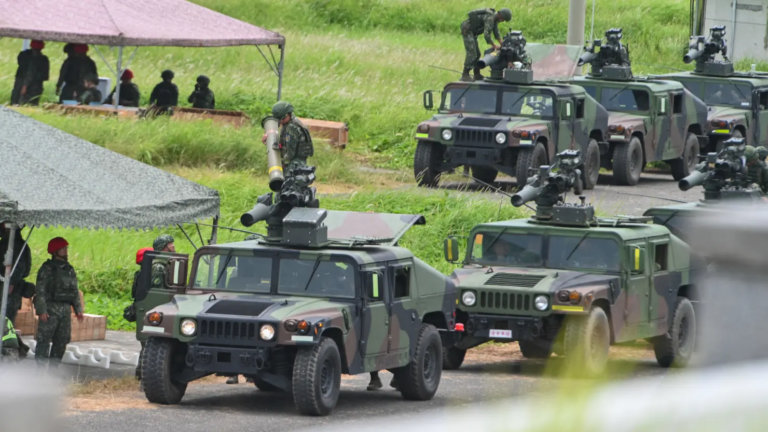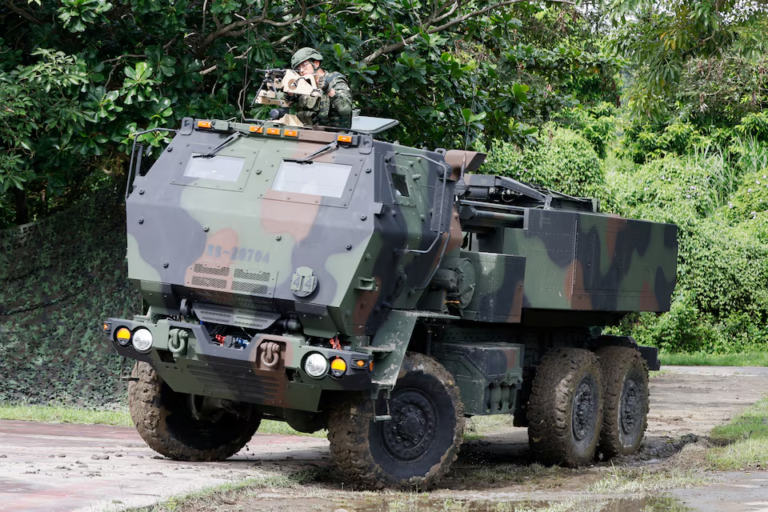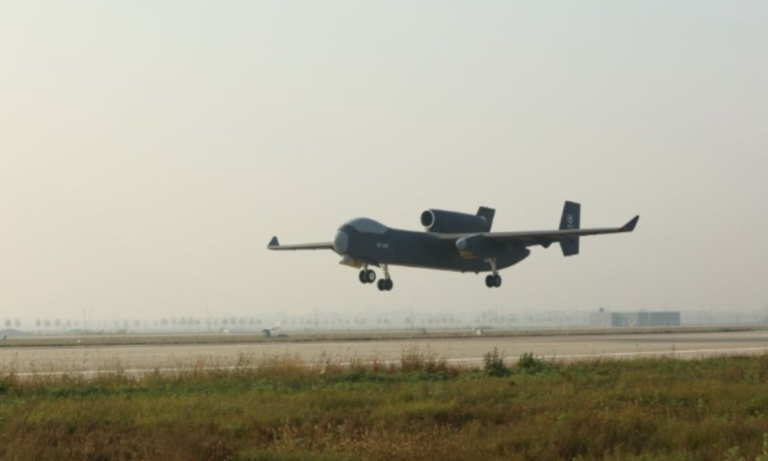
The United States Defense Department has started its historic upgrade of U.S. Forces Japan to a joint force headquarters to expand operational responsibilities and promote deterrence to ensure a Free and Open Indo-Pacific.
The upgrade “will improve our ability to coordinate operations with Japan’s own Joint Operations Command,” which recently became operational, U.S. Defense Secretary Pete Hegseth said in late March 2025 after meeting with Japanese Defense Minister Gen Nakatani in Tokyo.
By integrating U.S. air, land, sea, space and cyber forces under a single headquarters in Japan, the longtime allies can better anticipate and counter the complex threats in the Indo-Pacific, including: the Chinese Communist Party’s bullying of self-governed Taiwan; Beijing’s illegitimate claims over the Japanese-administered Senkaku Islands in the East China Sea; and North Korea’s ballistic missile and nuclear weapons programs, both of which violate United Nations Security Council resolutions.
The Japanese and U.S. commands will deepen interoperability and cooperation, enhancing intelligence coordination, surveillance, reconnaissance and cybersecurity.
U.S. warfighters “stand shoulder to shoulder every day with their Japan Self-Defense Forces counterparts,” Hegseth said. “Our forces operate and train together across all domains to uphold deterrence. America and Japan stand firmly together in the face of aggressive and coercive actions by the communist Chinese.
“Japan would be on the front lines of any contingency we might face in the Western Pacific and we stand together in support of each other,” he said.
Nakatani said the two forces will “conduct further effective bilateral joint activities across the spectrum, from peacetime to contingency,” with an expanded presence in southwestern Japan among the priorities.
He said Japan also will advance multilateral cooperation with regional partners, including Australia, the Philippines and South Korea, “to prevent any attempts to change the status quo by force … and to realize a Free and Open Indo-Pacific.”
The new joint force headquarters, which will report to the Hawaii-based U.S. Indo-Pacific Command, will plan and lead U.S. forces in Japan in peacetime and during potential crises. Japanese and U.S. forces will remain under their respective national commands, rather than under an integrated command as with South Korean and U.S. forces on the Korean Peninsula.
Hegseth said additional U.S. personnel will be assigned to U.S. Forces Japan headquarters, which will be reorganized “into a warfighting headquarters.”
U.S. Forces Japan, established in 1957, administers the U.S. alliance with Japan and the status of forces agreement, covering about 60,000 Air Force, Army, Marine Corps, Navy and Space Force personnel stationed in Japan pursuant to the nations’ 1960 Treaty of Mutual Cooperation and Security.





